Occam’s Razor says…
No, 9/11 was NOT an “inside job,” perpetrated by the US goobermint, Mossad, whothehellever. The conspiracy theorizing began before the smoke had cleared in Lower Manhattan; sad to say, the preposterous theories have only proliferated ever since, and would seem to be deathless. I’ve run this Cracked mag classic debunking the nonsense here I don’t even know how many times over lo, these past 21 years. I’m happy to do so yet again.
Now, fans of this site know, I don’t be trustin’ me no government. I’ve put in time at various intelligence agencies and at one major government contractor (Kellogg, Brown & Root). I’ve worked for these people and let me tell you, the government is a mess. And elected officials, don’t get me started on those people. They’ll do anything it takes to get votes.
But here’s the thing. The 9/11 “Truth” guys, the Loose Changers and all the many websites, they don’t just think government is corrupt. They think everybody, and I mean everybody, is either evil on a demonic scale, or a mindless sheep.
For instance, how much money would it take to get you to kill 3,000 random, innocent Americans? Or, say you stumbled upon somebody else’s plan to kill 3,000 innocent Americans. How much would it take to get you to stay silent afterward?
A hundred dollars? Two hundred? Two hundred fifty?
Well if the conspiracy guys are right, there are people reading this right now who took that deal. No kidding.
Here’s why. The entire 9/11 “Truth” movement rests on the idea that the World Trade Center towers were rigged with explosives, a “Controlled Demolition” like you see with old buildings. That’s the whole thing. They say the buildings couldn’t have come down otherwise.
Forget the fact that no experts on the subject agree with them. That’s not the point right now. We’re just trying to get inside these guys’ heads.Now, maybe you could keep the plan itself a secret. A few dozen murderous black ops guys, demolitions experts with a grudge against the USA, maybe they’ve been brainwashed. Who knows. Maybe it could be done. People point out that the Manhattan Project to build the atomic bomb was kept a secret, so why not this? But the cover-up. Holy shit, guys. Covering this thing up after the fact would be like trying to keep the atomic bomb a secret after Hiroshima. Just wait ’till you hear this.First, picture the demolitions teams wiring up the World Trade Center towers with explosives prior to the attack. Obviously you couldn’t do it during business hours, since it’d be kind of hard to explain to the 100,000 people who worked at or visited the WTC towers on any given day why you had a huge chunk of wall torn out and were wiring up a bomb on the steel beams there.I mean, keep in mind, I don’t know how big of a job that would be (no one has ever demolished a building that size before) but a building just half the size of one WTC tower took 4,000 separate charges to bring down. Four thousand. That job took seven months of prep work… and they had the run of an abandoned building, without having to hide their work from 100,000 people every day. Our demolition crew, on the other hand, can work only at night and has to spend the last bit of every shift carefully repairing the wall and hiding any evidence of charges or detonators as not to be discovered during the day.
Huge teams of demolitions experts, who had no problem wiring a building full of innocent New Yorkers to explode, hired in secret, worked every night for what had to be a year (and that’s only if they had a big enough crew) placing maybe 10,000 separate charges in each tower and another few thousand in WTC 7 (the smaller WTC tower that also collapsed, later in the day on 9/11).
And nobody notices.
Truckloads of bombs, dozens of mysterious workers, going in and out of the building, night after night. Security at the building doesn’t catch them, Port Authority Police don’t catch them, random eyewitnesses who stumble across the operation and call the cops don’t catch them, maintenance workers who stumble across wet paint and repaired walls and bits of strange wire don’t catch them, security cameras don’t catch them. The bomb-sniffing dogs who were brought in from time to time (remember, these buildings were bombed by terrorists in 1993) who are trained to find even one bomb, fail to notice the 10,000 bombs lining their building.If you’re saying that nothing could possibly be more retarded than that, you’re wrong. No, they’re just getting started.
At 9:37 a.m. on September 11, 51 minutes after the first plane hit the World Trade Center, the Pentagon was similarly attacked. Though dozens of witnesses saw a Boeing 757 hit the building, conspiracy advocates insist there is evidence that a missile or a different type of plane smashed into the Pentagon.
CLAIM: Two holes were visible in the Pentagon immediately after the attack: a 75-foot-wide entry hole in the building’s exterior wall, and a 16-foot-wide hole in Ring C, the Pentagon’s middle ring. Conspiracy theorists claim both holes are far too small to have been made by a Boeing 757. “How does a plane 125 [feet] wide and 155 [feet] long fit into a hole which is only 16 [feet] across?” asks reopen911.org, a website “dedicated to discovering the bottom line truth to what really occurred on September 11, 2001.”
The truth is of even less importance to French author Thierry Meyssan, whose baseless assertions are fodder for even mainstream European and Middle Eastern media.
In his book The Big Lie, Meyssan concludes that the Pentagon was struck by a satellite-guided missile—part of an elaborate U.S. military coup. “This attack,” he writes, “could only be committed by United States military personnel against other U.S. military personnel.”
FACT: When American Airlines Flight 77 hit the Pentagon’s exterior wall, Ring E, it created a hole approximately 75 feet wide, according to the American Society of Civil Engineers’ Pentagon Building Performance Report.
The exterior facade collapsed about 20 minutes after impact, but ASCE based its measurements of the original hole on the number of first-floor support columns that were destroyed or damaged. Computer simulations confirmed the findings.
Why wasn’t the hole as wide as a 757’s nearly 125-foot wingspan? A crashing jet doesn’t punch a cartoon-like outline of itself into a reinforced concrete building, says ASCE team member Mete Sozen, a professor of structural engineering at Purdue University.
Oof. The piece goes on from there to take out the rest of the trash with similar aplomb. Personally, I find it disgusting the way 9/11 has faded from our collective consciousness, although admittedly it was probably inevitable that it would. Worse yet is the way that, as Steyn has pointed out, rather than making life tougher on the Muzzrat nations who financed, abetted, and joyously cheered the atrocity, we’ve preferred instead to make it tougher on ourselves with walled-off public spaces and government buildings; grossly intrusive yet ineffectual airport “security”; total, 24-7-365 police-state survellaince, and such-like.
Instead of calling a spade a spade and placing the burden of guilt and responsibility squarely on the shoulders where it rightfully belonged, we sheepishly acquiesced to Bush’s wholly grotesque “Islam literally means peace” falsehood as if 9/11 was OUR fault—painstakingly tripping over ourselves in apology for heinous acts of persecution which never actually happened, inspired by a purported “Islamophobia” that never actually existed. Those who DO remember should make sure that they remember it correctly and accurately, not the bizarre, twisted hobgoblin haunting little conspiracy-theory minds.
Don’t fall for the bullshit, folks; all you’ll end up doing is making yourself look like a damned fool. Should you ever be tempted to take such nonsense seriously, ask yourself one question: Do you really think the bumbling, inept FederalGovCo we’re all too familiar with could ever have the competence, cunning, and intelligence necessary to successfully pull off as massive, as complicated a hoax as this? And then keep it going in total silence, with nary a leak, whistleblower, or exposé cropping up anywhere for all these years?
Like I said: preposterous. Absurd. Bullshit.



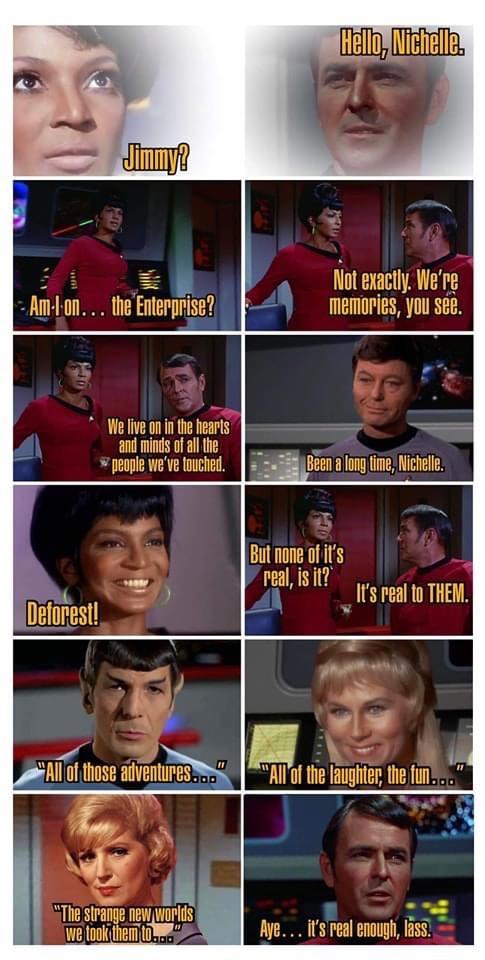





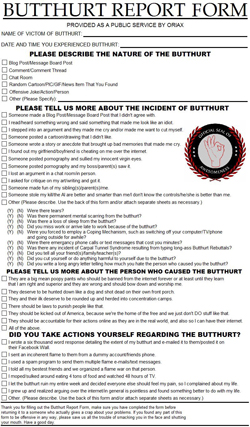

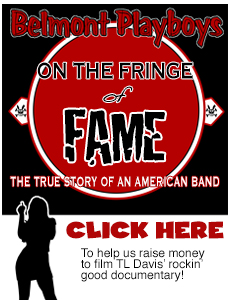



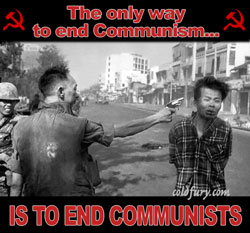






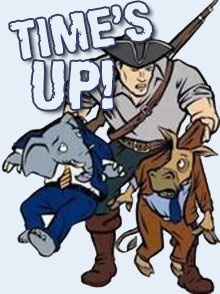

 - Entries
- Entries